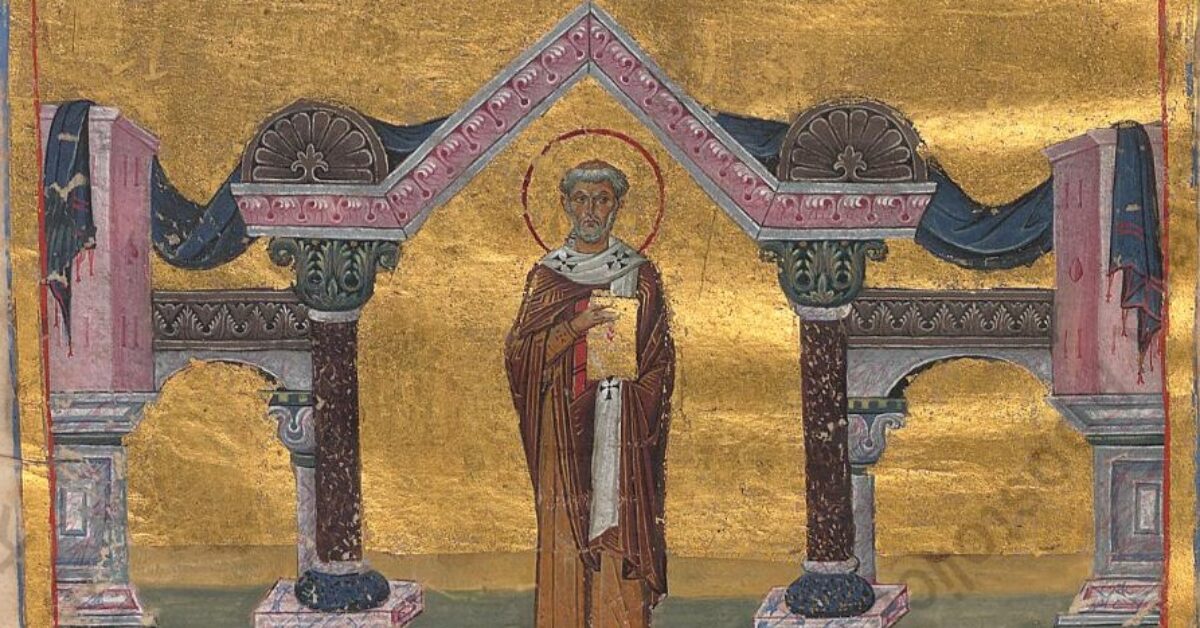Christmas Greetings
The Mystery of the Incarnation
For many in the world, Christmas is now over. The big box stores have super sales on remaining Christmas inventory, my email inbox is full of junk mail touting the “After Christmas Blowout” online sales or “New Year’s” specials, and a relative responded to my text on December 26 with “Merry day after Christmas.” I’m grateful that Christians have twelve days to contemplate the mystery of the Incarnation; for our faithful readers, I offer this excerpt from the Tome of Leo (Bishop of Rome, 440-461), a resource used by the Council of Chalcedon (451) to settle the Christological controversies of the early church.
Accordingly, the Son of God, descending from his seat in heaven, and not departing from the glory of the Father, enters this lower world, born after a new order, by a new mode of birth. After a new order; because he who in his own sphere is invisible, became visible in ours; He who could not be enclosed in space, willed to be enclosed; continuing to be before times, he began to exist in time; the Lord of the universe allowed his infinite majesty to be overshadowed, and took upon him the form of a servant; the impassible God did not disdain to be passible Man and the immortal One to be subjected to the laws of death. And born by a new mode of birth; because inviolate virginity, while ignorant of concupiscence, supplied the matter of his flesh. What was assumed from the Lord’s mother was nature, not fault; nor does the wondrousness of the nativity of our Lord Jesus Christ, as born of a Virgin’s womb, imply that his nature is unlike ours…. The nativity of the flesh is a manifestation of human nature; the Virgin’s child-bearing is an indication of Divine power. The infancy of the Babe is exhibited by the humiliation of swaddling clothes: the greatness of the Highest is declared by the voices of angels. He whom Herod impiously designs to slay is like humanity in its beginnings; but he whom the Magi rejoice to adore on their knees is Lord of all.
Let us give thanks for the Word made flesh, so that “beholding the God made visible, we may be drawn to love the God whom we cannot see” (Proper preface for Christmas); and may the contemplation of this great mystery of the Christian faith fill us with the light of Christ so that we reflect God’s love in Christ to the world.
+++
The Tome of Leo:
https://www.ccel.org/ccel/schaff/npnf214.xi.vii.html
Image: Leo the Great
https://commons.wikimedia.org/wiki/File:Leo_the_Great_the_Pope_of_Rome.jpg
Title: Лев I Великий, папа Римский. Константинополь. 985 г. Миниатюра Минология Василия II. Ватиканская библиотека. Рим
Google translation of the Russian: Leo I the Great, Pope of Rome. Constantinople. [date:] 985. Miniature … of Basil II [Byzantine Emperor, r. 976-1025]. Vatican Library. Rome
This file is licensed under the Creative Commons Attribution-Share Alike 4.0 International
